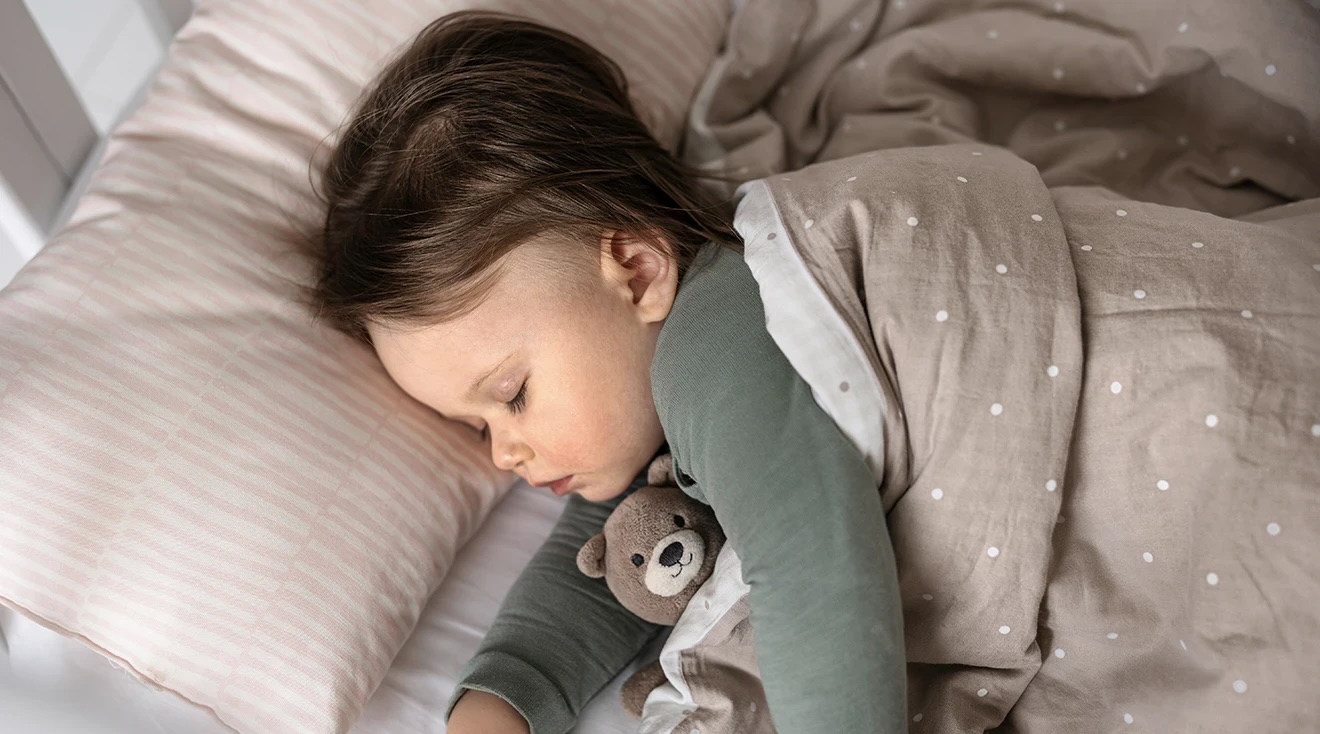

Articles
When Can Babies Have Blankets And Pillows
Modified: February 17, 2024
Learn when babies can safely use blankets and pillows in this informative article. Find out how to keep your little one cozy and comfortable while minimizing risks of suffocation and SIDS.
(Many of the links in this article redirect to a specific reviewed product. Your purchase of these products through affiliate links helps to generate commission for Storables.com, at no extra cost. Learn more)
Introduction
As a new parent, there are countless decisions to make to ensure the safety and well-being of your baby. One of the common questions that arise is when can babies start using blankets and pillows to sleep with? While it might seem like a simple question, it’s important to understand the guidelines and recommendations for safe sleep practices to protect your little one.
The safety of babies during sleep is a critical concern as it reduces the risk of suffocation, Sudden Infant Death Syndrome (SIDS), and other sleep-related accidents. The American Academy of Pediatrics (AAP) emphasizes the importance of creating a safe sleep environment for infants to promote their overall health and reduce the risk of sleep-related incidents.
In this article, we will explore when babies can start using blankets and pillows, and the guidelines you should follow to ensure your baby’s safety during sleep. It’s important to remember that every baby is unique, and it’s always recommended to consult with your pediatrician before introducing any changes to your baby’s sleep routine.
Key Takeaways:
- Keep your baby safe by following the ABCs of safe sleep – Alone, on their Back, in a Crib. Wait until at least 1 year old to introduce blankets and pillows to minimize suffocation risk.
- Prioritize your baby’s safety and warmth during sleep by using alternative options like one-piece sleepers and wearable blankets. Always consult with your pediatrician for personalized advice.
Read more: When Can Baby Have Pillow And Blanket
The Importance of Safe Sleep for Babies
Ensuring that your baby has a safe sleep environment is crucial for their well-being and development. Infants spend a significant amount of time sleeping, and providing them with a safe and comfortable space is essential to promote healthy growth and reduce the risk of sleep-related accidents.
The American Academy of Pediatrics recommends following the ABCs of safe sleep – Alone, on their Back, in a Crib. Let’s delve into these guidelines to understand why they are so important:
- Alone: It is crucial for babies to sleep alone in their crib, bassinet, or playpen, without any pillows, blankets, or other soft items. Sharing a bed with an infant can increase the risk of suffocation or entrapment.
- Back: Always place your baby to sleep on their back. This position helps to reduce the risk of SIDS. It is important to note that once babies can roll over on their own, you don’t need to reposition them, but you should always start them off on their back.
- Crib: Use a firm and snug-fitting crib mattress free from any loose bedding or other items. Ensure that the crib meets safety standards and has proper ventilation to prevent overheating. Avoid using crib bumpers as they pose a risk of suffocation or strangulation.
By adhering to these safe sleep practices, you are creating an environment that limits potential hazards and promotes a secure space for your little one to rest.
Being aware of the importance of safe sleep for babies can help prevent sleep-related accidents and reduce the risk of SIDS. It is essential to create a consistent sleep routine and establish a safe sleep environment from the very beginning. Understanding the guidelines and recommendations for safe sleep will give you peace of mind and ensure the well-being of your baby.
When Can Babies Start Using Blankets and Pillows?
While blankets and pillows may seem like essential items for sleep, it is important to ensure that they are introduced at the appropriate time to minimize the risk of suffocation or other sleep-related accidents.
The American Academy of Pediatrics recommends that babies should not be given blankets or pillows in their sleep environment until they are at least 1 year old. This is because the risk of suffocation significantly decreases after the age of 1.
Babies have limited control over their movements and may easily become entangled in loose bedding or pillows, which can increase the risk of suffocation or strangulation. Additionally, pillows are not necessary for infants as their head and neck support needs are adequately met by a firm, flat mattress.
Until your baby reaches the age of 1, it is best to dress them in appropriate sleep attire to keep them warm. Opt for one-piece sleepers or wearable blankets, which are designed to provide sufficient warmth without the risk of covering the baby’s face.
It is important to note that every baby develops at their own pace. If your baby has reached certain milestones in their physical development, such as rolling over consistently and being able to move their head freely, you can consider introducing a small, lightweight blanket made specifically for infants. However, it is still important to ensure that the blanket fits snugly around the baby with no loose ends that could pose a suffocation hazard.
As for pillows, it is generally recommended to wait until your child transitions from a crib to a toddler bed, which usually happens around the age of 2 to 3 years. By this age, the child has developed better motor control, reducing the risk of suffocation.
Always consult with your pediatrician before introducing blankets and pillows into your baby’s sleep environment. They can provide specific recommendations based on your child’s individual development and needs.
Remember, the primary concern when it comes to infant sleep is safety. It is best to err on the side of caution and follow the guidelines recommended by experts to ensure the well-being of your baby.
Babies can have blankets and pillows in their crib once they are able to roll over and have good head control, typically around 12 months old. Use lightweight, breathable materials and avoid loose bedding to reduce the risk of suffocation.
Safe Sleep Guidelines for Babies under 1 Year Old
When it comes to creating a safe sleep environment for babies under 1 year old, there are a few important guidelines to follow to minimize the risk of sleep-related accidents:
- Create a separate sleep space: Ensure that your baby sleeps in their own crib, bassinet, or playpen. Sharing a bed with an infant increases the risk of suffocation or accidental injury.
- Keep the sleep area clutter-free: Remove all pillows, stuffed animals, blankets, and other loose items from the sleep space. These items can pose a suffocation hazard if they cover the baby’s face or cause entanglement.
- Use a firm mattress: The mattress in the sleep area should be firm and fit snugly in the crib or bassinet. This helps to reduce the risk of suffocation by preventing the baby’s face from sinking into the mattress.
- Dress your baby appropriately: Choose sleepwear that keeps your baby comfortable without the need for blankets. This can include one-piece sleepers or wearable blankets. Avoid overdressing your baby, as overheating can increase the risk of SIDS.
- Keep the room at a comfortable temperature: Maintain a temperature in the room that is conducive to sleep. Aim for around 68-72 degrees Fahrenheit (20-22 degrees Celsius) to ensure that your baby remains comfortable without overheating.
- Place your baby on their back to sleep: Always position your baby on their back when putting them down to sleep. This reduces the risk of SIDS. Once your baby can roll over independently, you do not need to reposition them, but starting them off on their back is still recommended.
- Offer a pacifier at sleep time: If your baby is open to using a pacifier, offering it at naptime and bedtime is recommended. Pacifier use has been linked to a reduced risk of SIDS.
- Keep the sleep environment smoke-free: Avoid exposing your baby to secondhand smoke, as it increases the risk of SIDS and other respiratory issues. Keep your home and car smoke-free to ensure a healthy sleep environment.
Following these safe sleep guidelines can significantly reduce the risk of sleep-related accidents and promote a safe and comfortable sleep environment for your baby. Remember, it’s important to always consult with your pediatrician for personalized advice based on your baby’s specific needs and development.
Alternative Options for Keeping Babies Warm
It’s important to keep your baby warm and comfortable during sleep, especially during colder months or in cooler environments. While blankets are not recommended for babies under 1 year old, there are alternative options to ensure your baby stays cozy:
- One-piece sleepers: Dress your baby in warm, one-piece sleepers made of breathable fabric. These can provide enough warmth without the need for additional layers or blankets. Opt for sleepers with built-in feet or socks to keep their tiny toes warm.
- Wearable blankets: Consider using wearable blankets, also known as sleep sacks or sleep bags. These are designed to be worn over regular sleepwear and provide warmth without the risk of suffocation. Look for sleep sacks with a lower tog rating for summer months and a higher tog rating for winter.
- Layered clothing: Dress your baby in layers to easily adjust their temperature. Use lightweight, breathable materials like cotton or bamboo for the base layer and add a thin, long-sleeved onesie or a light sweater on top. This allows you to remove or add layers as needed without the use of blankets.
- Adjust the room temperature: Maintain a comfortable temperature in the room where your baby sleeps. Use a thermometer to monitor the temperature and aim for around 68-72 degrees Fahrenheit (20-22 degrees Celsius). This way, your baby will stay warm without the need for additional layers or blankets.
- Swaddle blankets for newborns: For newborns up to around 2 months old, swaddling can provide a sense of security and help regulate their body temperature. Use lightweight, breathable swaddle blankets and ensure that they are wrapped securely to prevent unraveling or covering the baby’s face.
- Heated mattress pad or warm crib sheets: If the room temperature is particularly cold, you can consider using a heated mattress pad or warm crib sheets designed specifically for babies. These can provide gentle warmth to keep your baby comfortable without using additional blankets.
It’s important to remember that while keeping your baby warm is essential, it’s equally important to avoid overheating. Overheating has been linked to an increased risk of SIDS. Always monitor your baby’s temperature and adjust their sleepwear or environment accordingly.
By utilizing these alternative options, you can ensure your baby stays warm and comfortable during sleep without the need for blankets, which can pose a suffocation risk. Remember to always follow the recommendations of your pediatrician and choose the best option for your baby’s individual needs.
Read more: When Can A Baby Have A Duvet
Conclusion
When it comes to the safety and well-being of your baby during sleep, it’s important to adhere to the recommended guidelines and practices. While blankets and pillows may seem like essentials for a restful sleep, they should not be introduced until your baby is at least 1 year old to minimize the risk of suffocation or other sleep-related accidents.
Creating a safe sleep environment for your baby involves following the ABCs of safe sleep – Alone, on their Back, in a Crib. Keep your baby’s sleep space clutter-free, use a firm mattress, and dress them appropriately in sleepwear that provides comfort without the need for blankets. Monitor the room temperature and adjust it as needed to maintain a comfortable sleep environment.
When it comes to keeping your baby warm, consider alternative options such as one-piece sleepers, wearable blankets, layered clothing, and swaddle blankets for newborns. These alternatives provide warmth without the risk of suffocation or overheating.
Remember, every baby is unique, and it’s important to consult with your pediatrician for personalized advice based on your baby’s individual development and needs. They can provide specific recommendations regarding when it is safe to introduce blankets and pillows to your baby’s sleep environment.
By following these guidelines and staying informed, you can ensure that your baby has a safe and comfortable sleep environment, reducing the risk of sleep-related accidents and promoting healthy sleep habits. Your efforts to create a safe sleep environment will not only provide peace of mind but also set the foundation for a lifetime of good sleep hygiene for your little one.
Prioritize your baby’s safety during sleep, and rest assured knowing that you are taking the necessary steps to keep them protected and secure throughout their precious slumber.
Frequently Asked Questions about When Can Babies Have Blankets And Pillows
Was this page helpful?
At Storables.com, we guarantee accurate and reliable information. Our content, validated by Expert Board Contributors, is crafted following stringent Editorial Policies. We're committed to providing you with well-researched, expert-backed insights for all your informational needs.

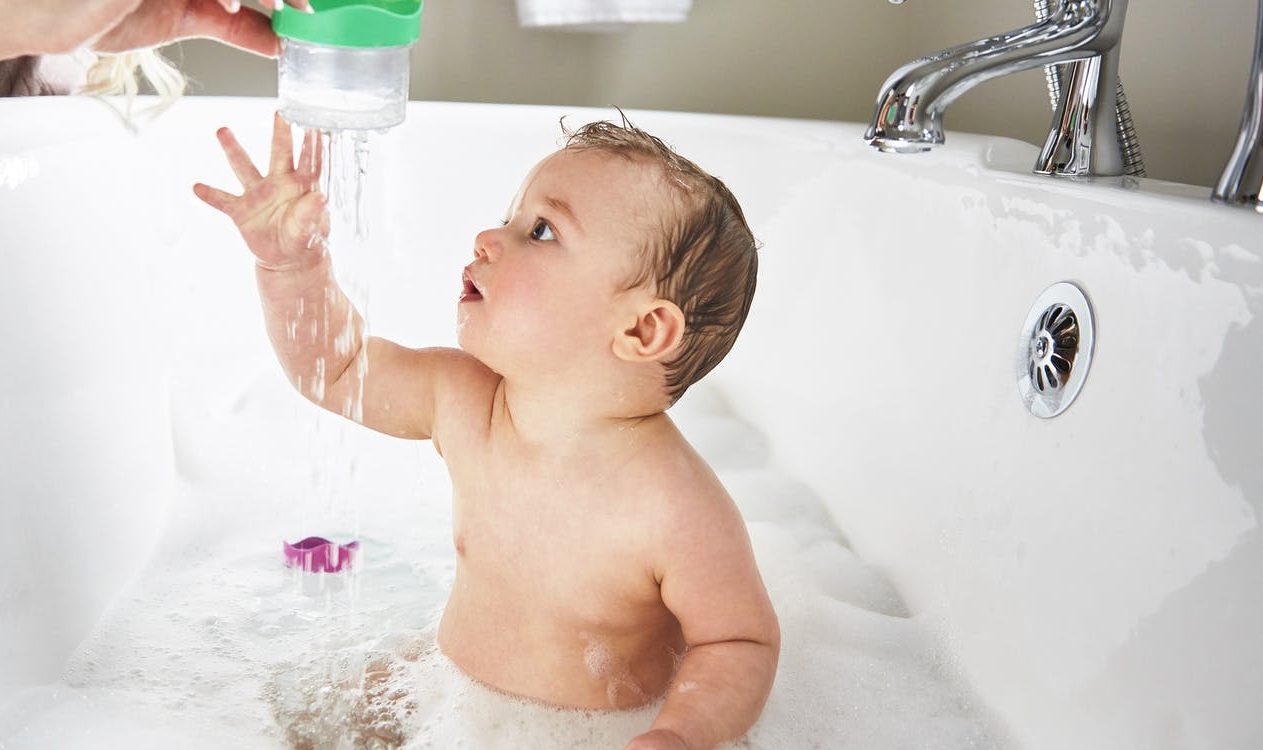
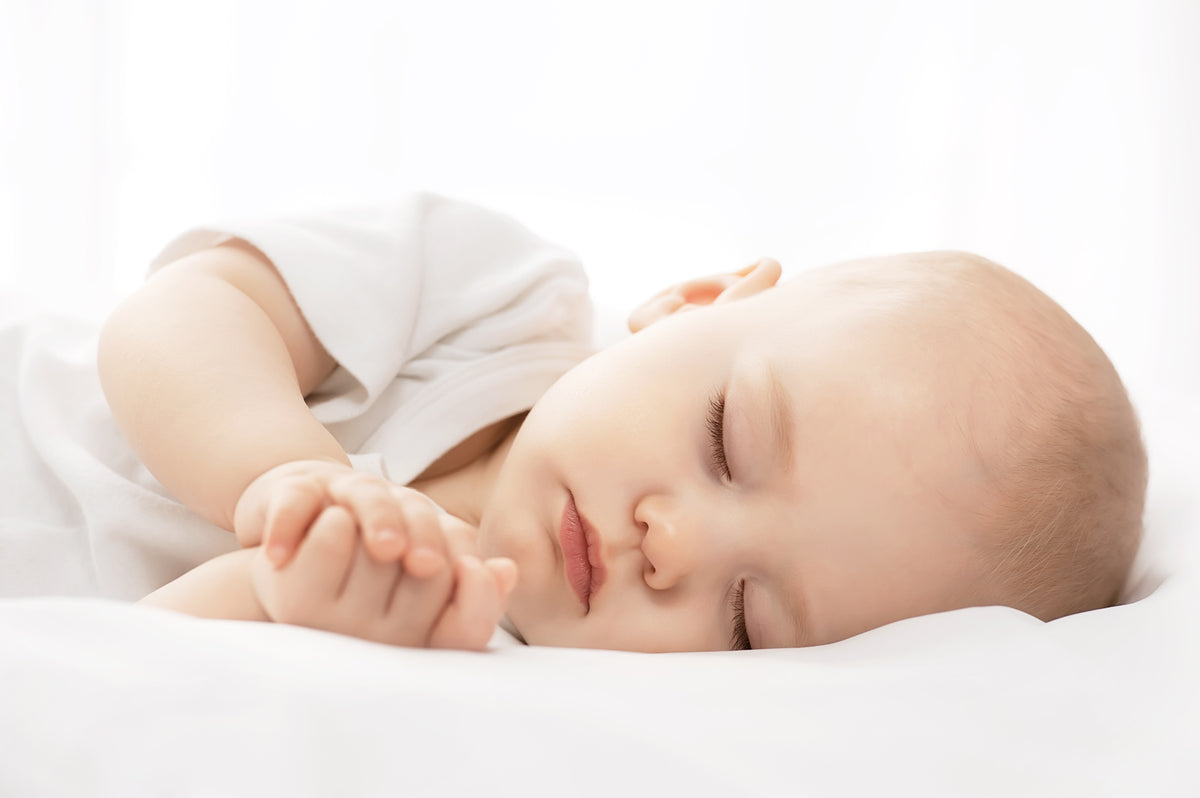
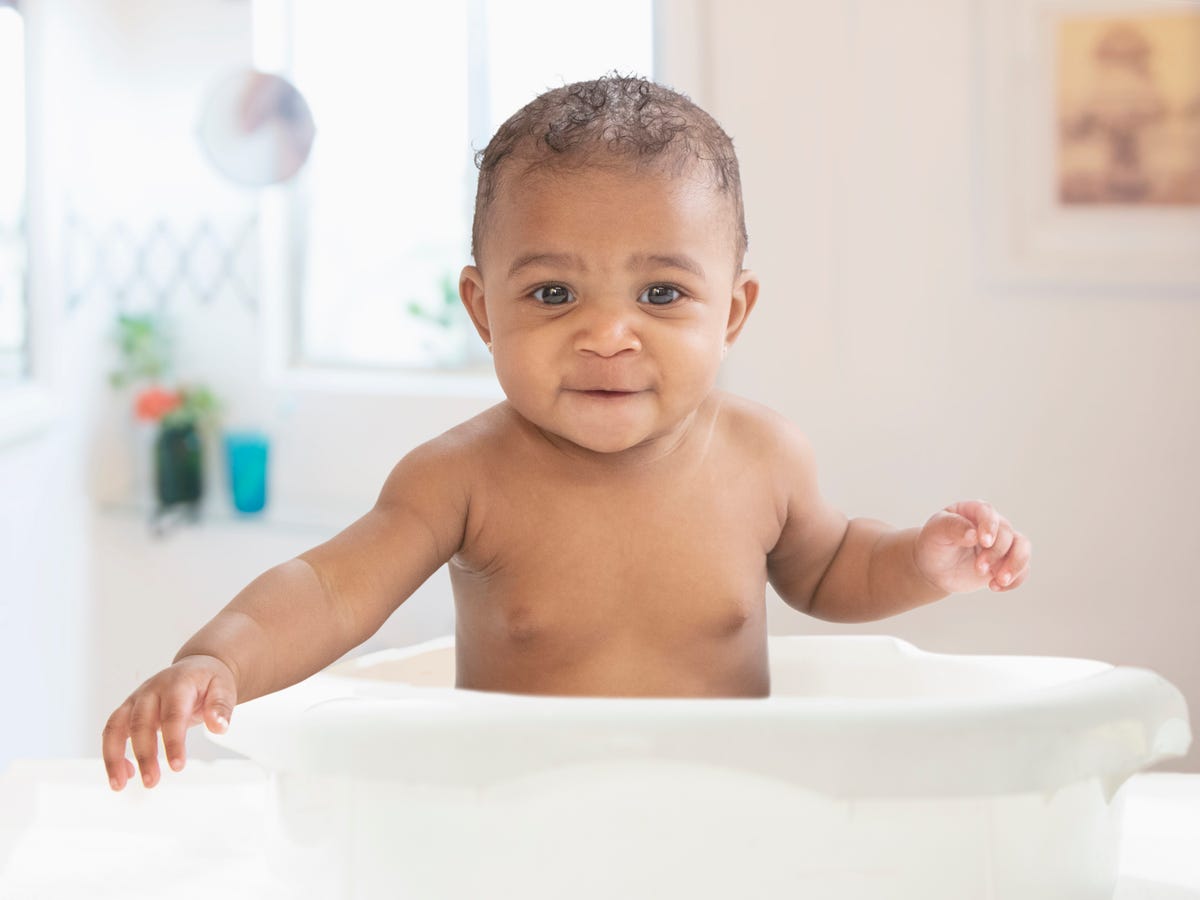
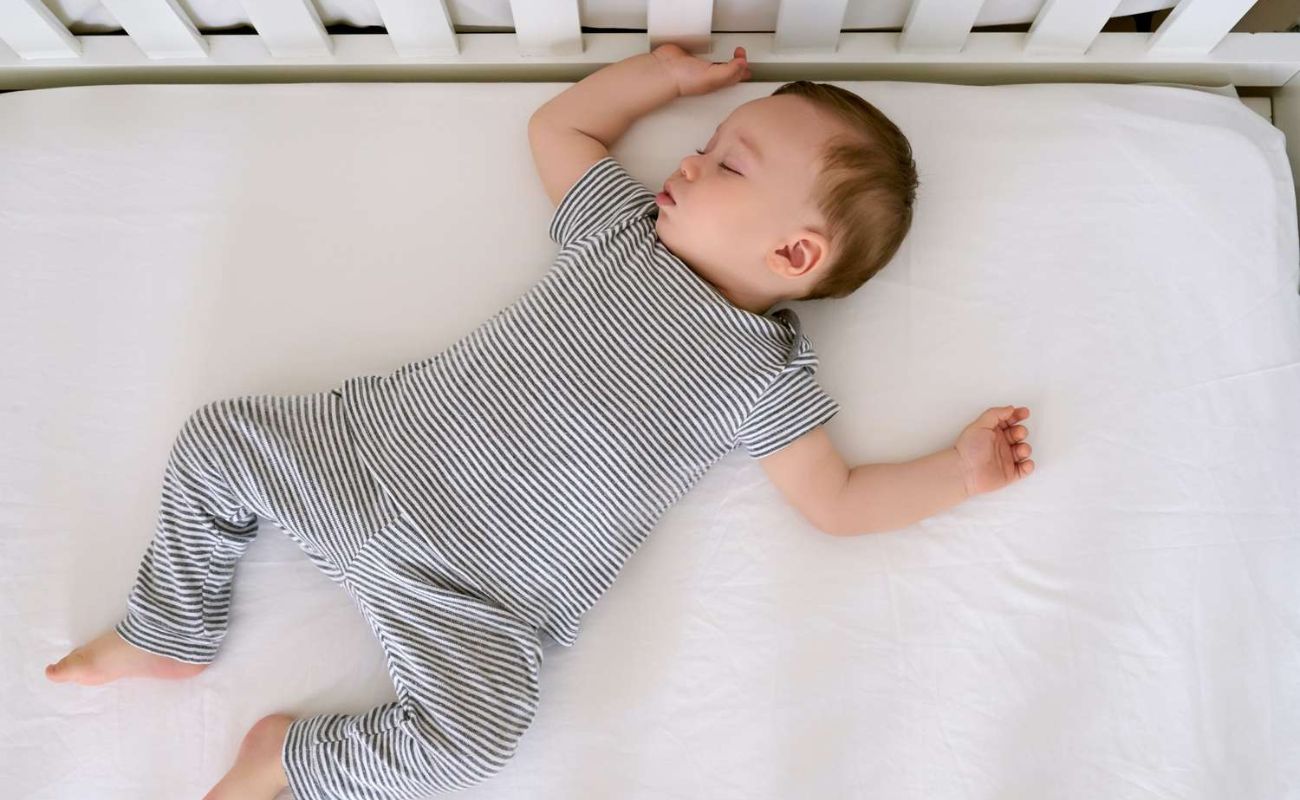
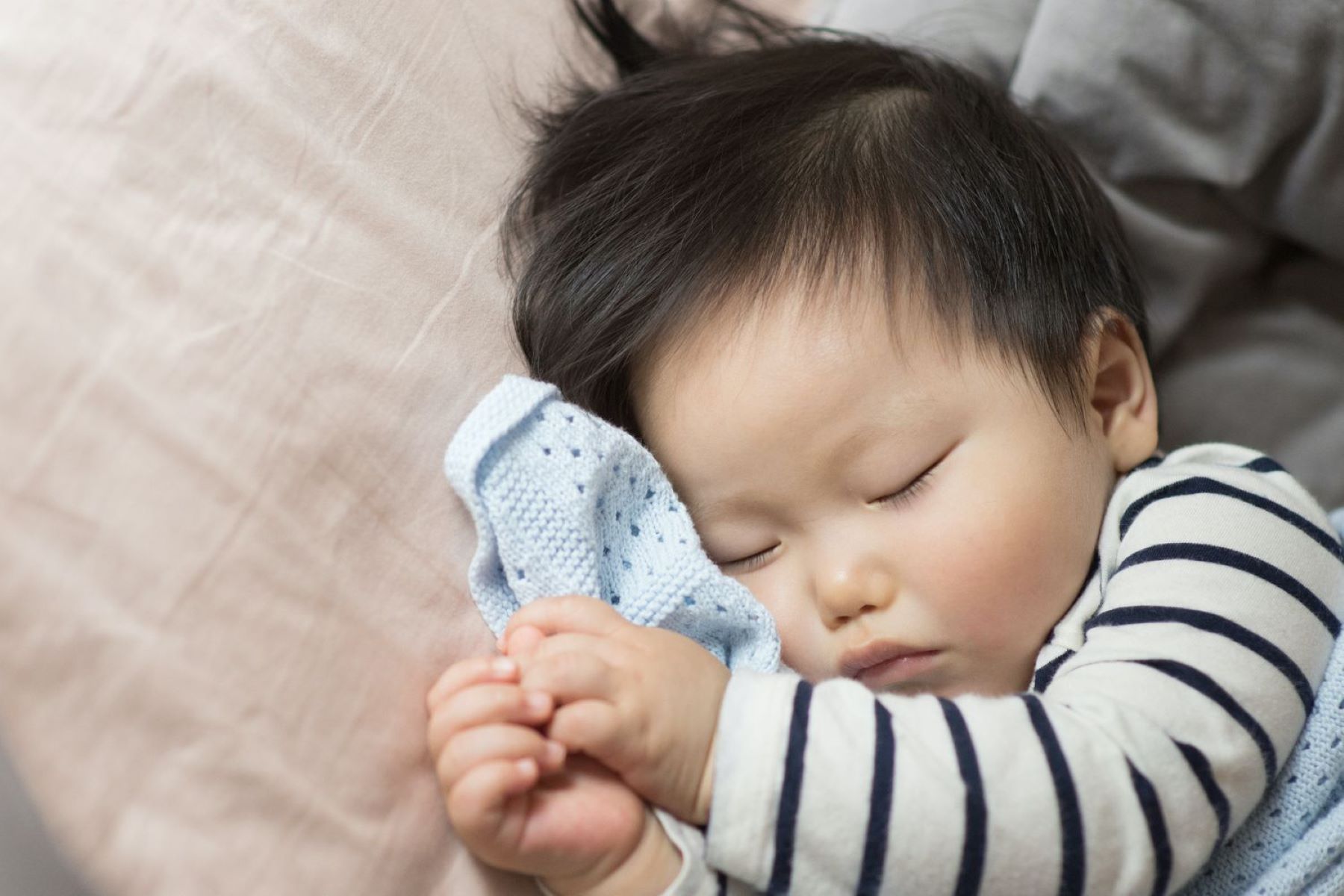
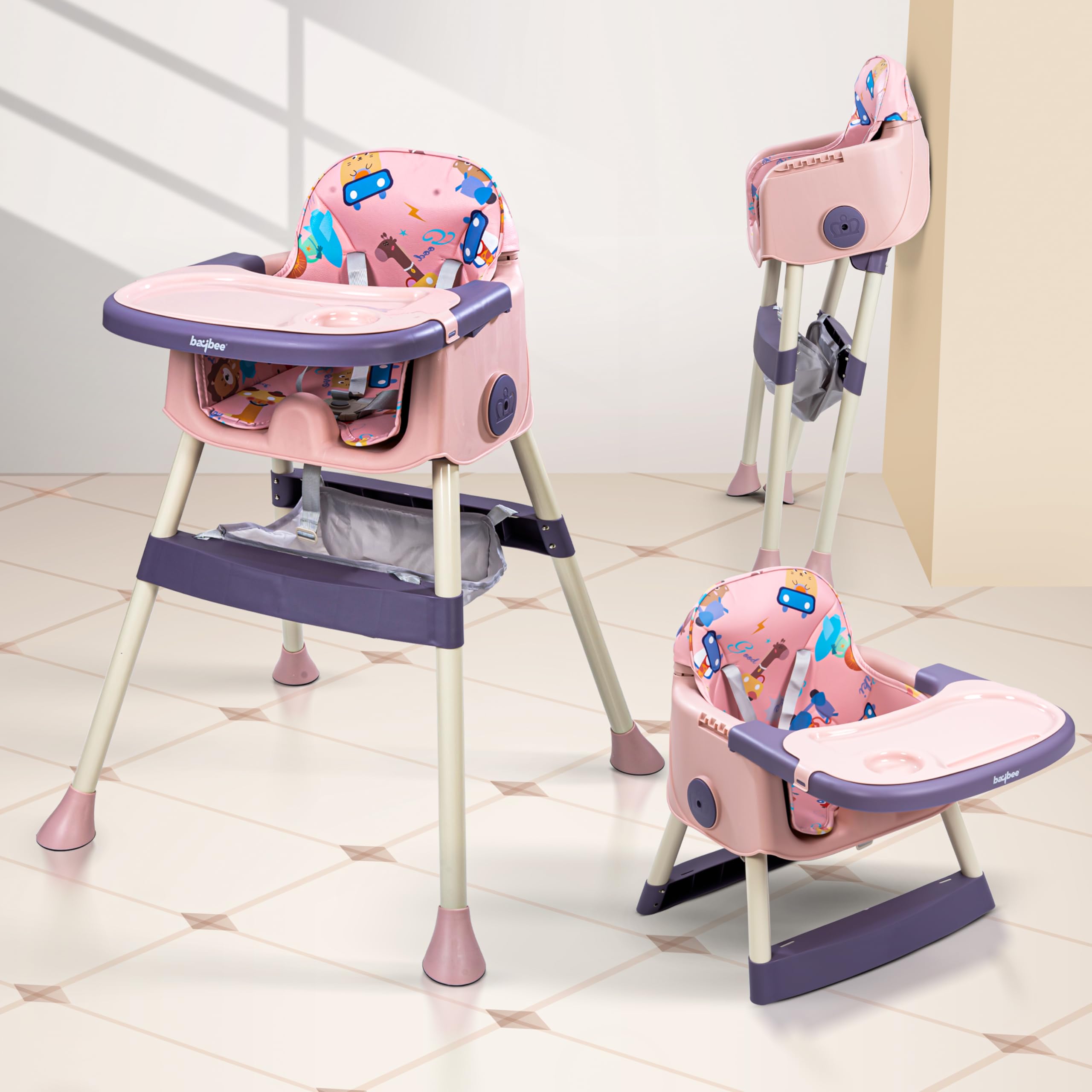
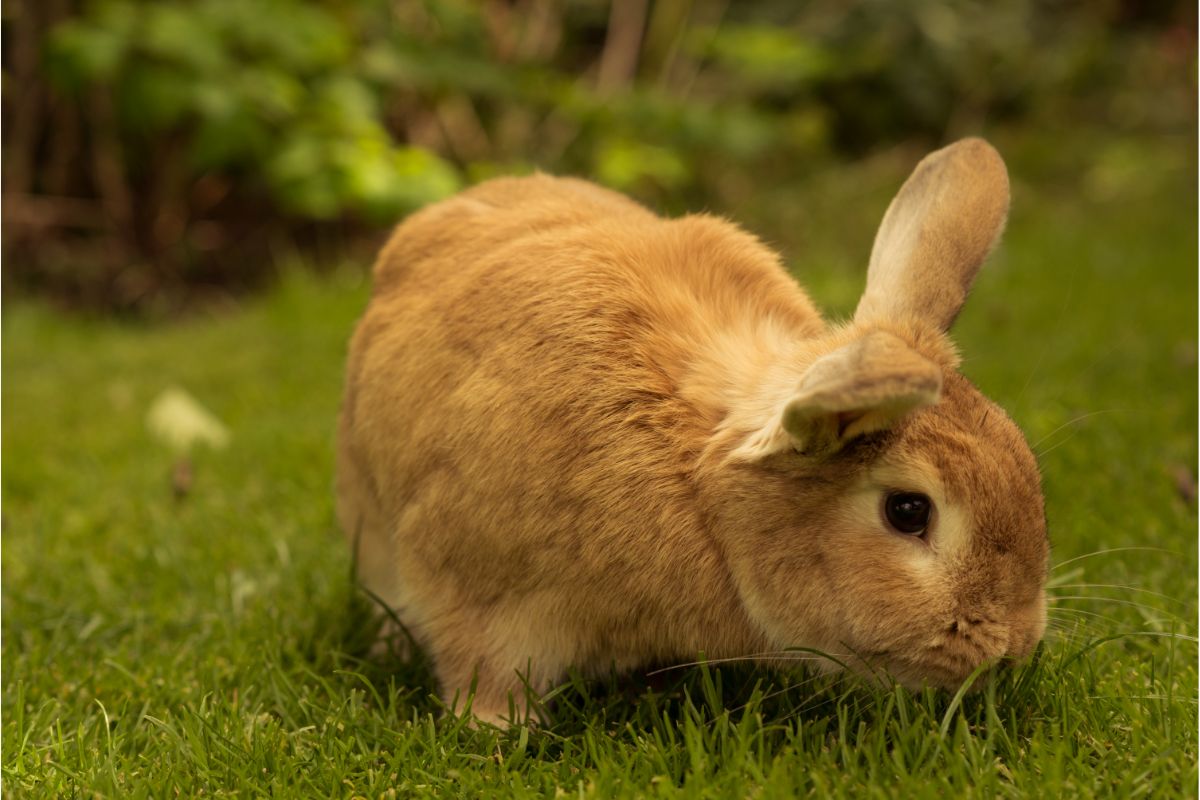
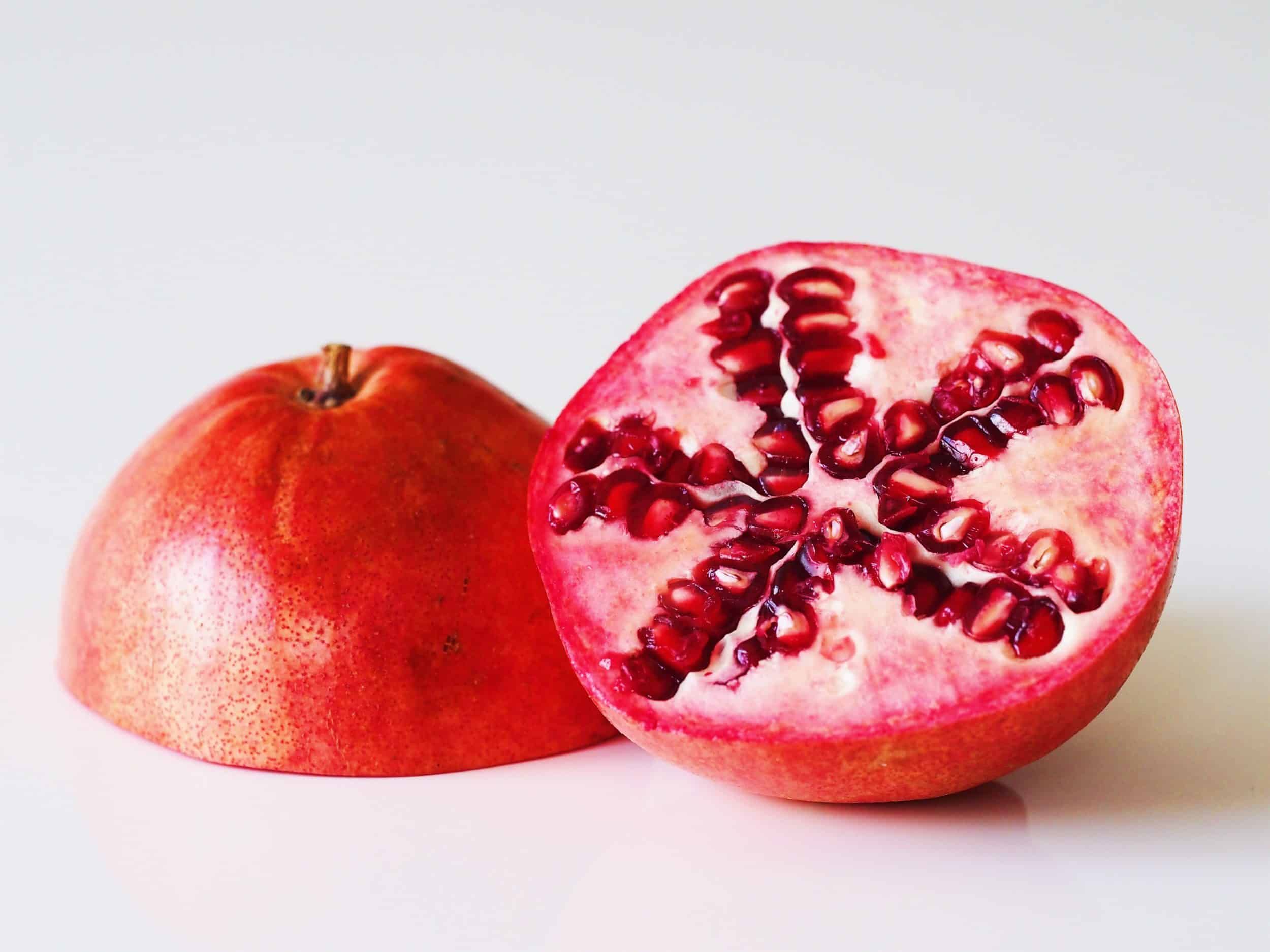
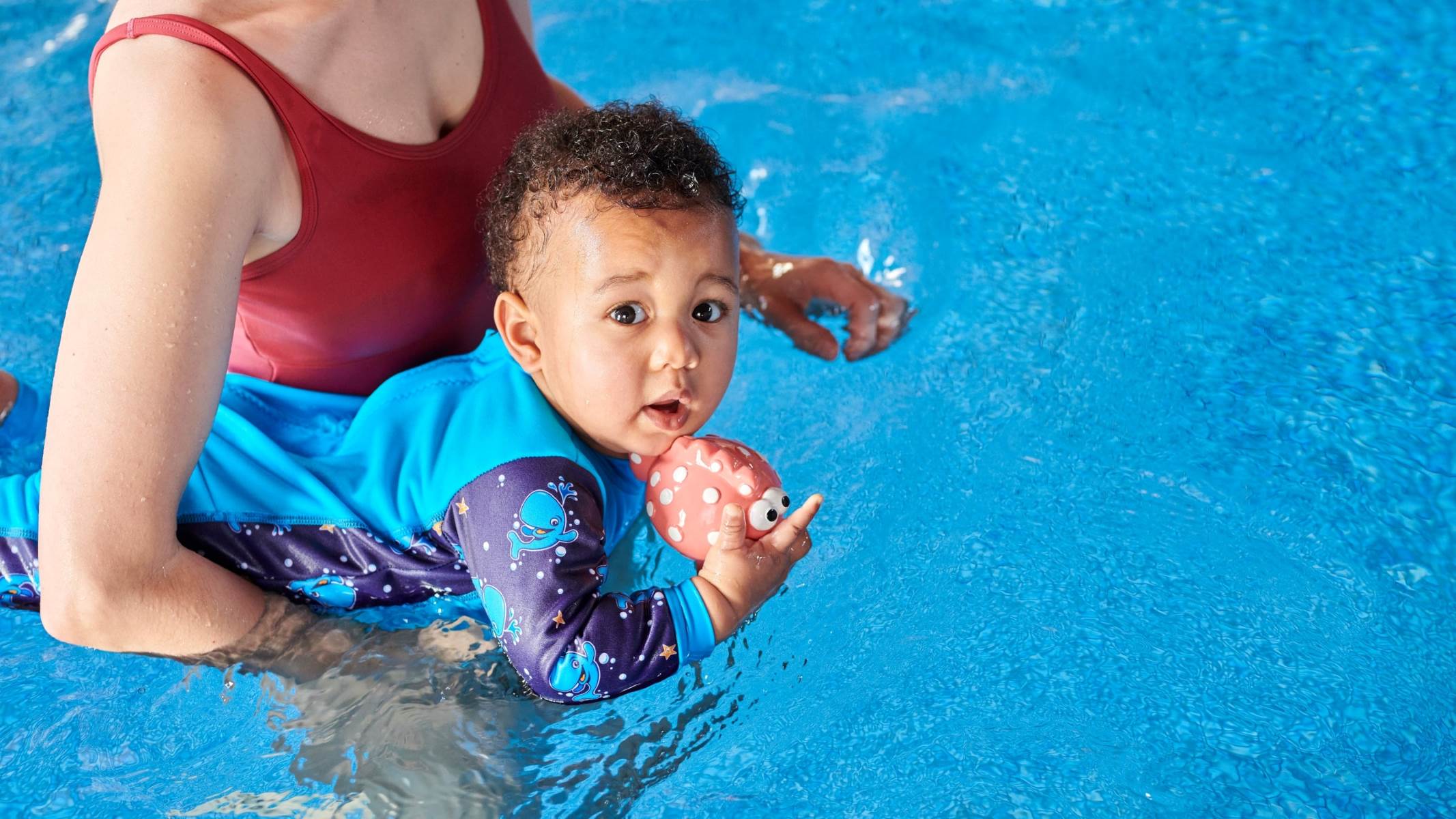
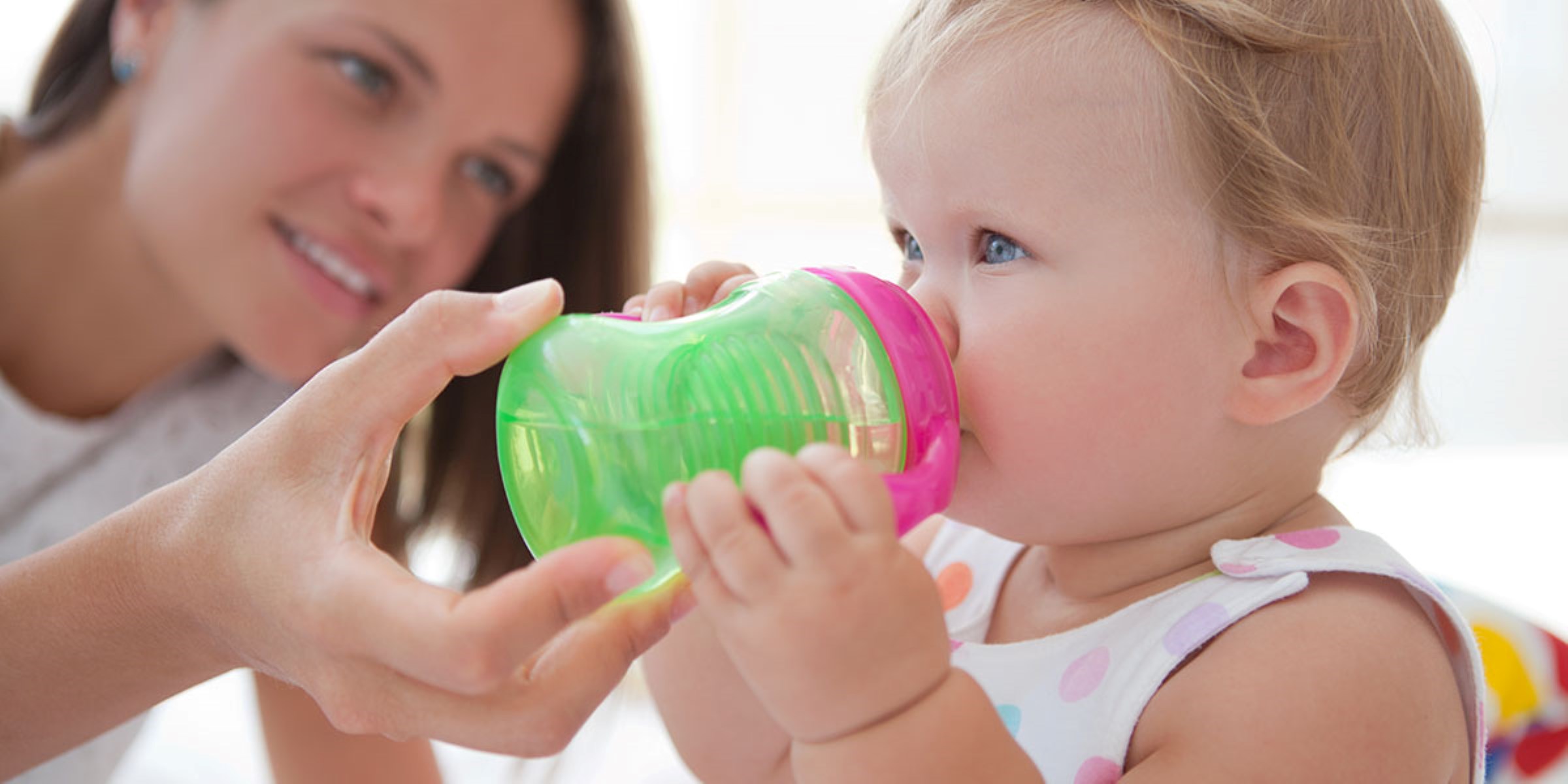
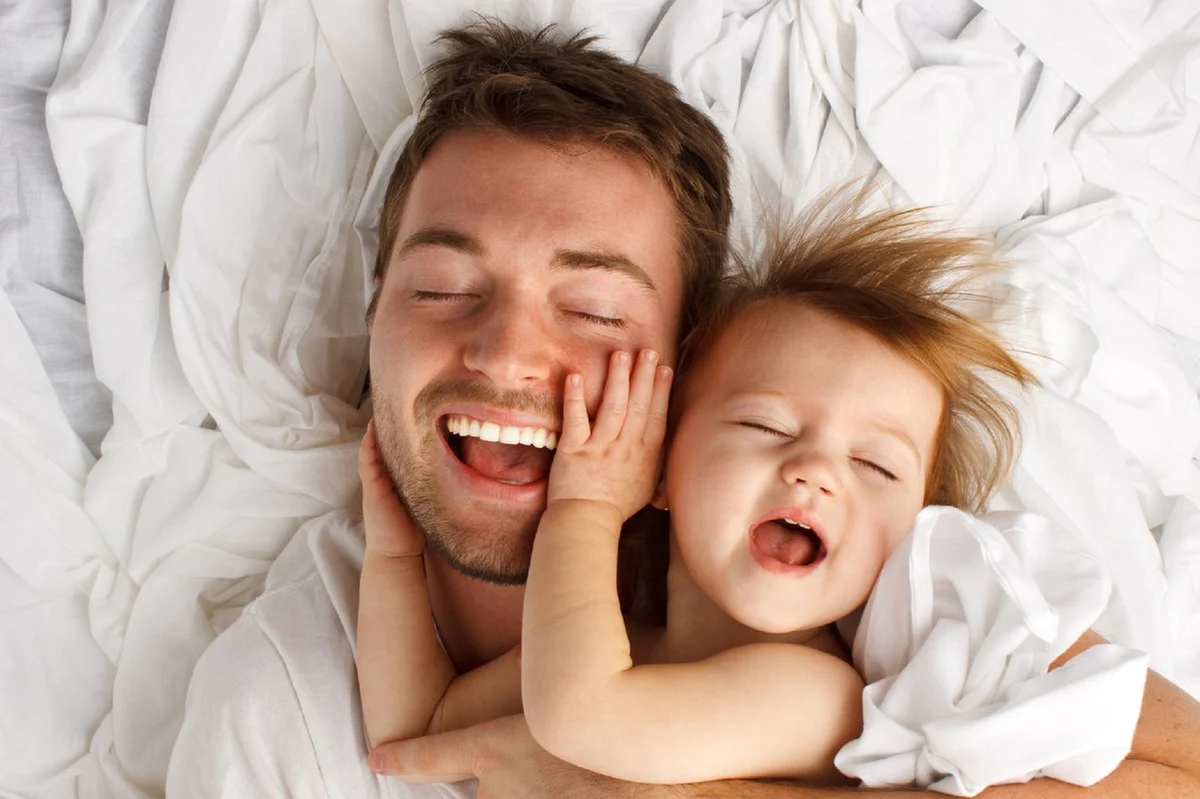
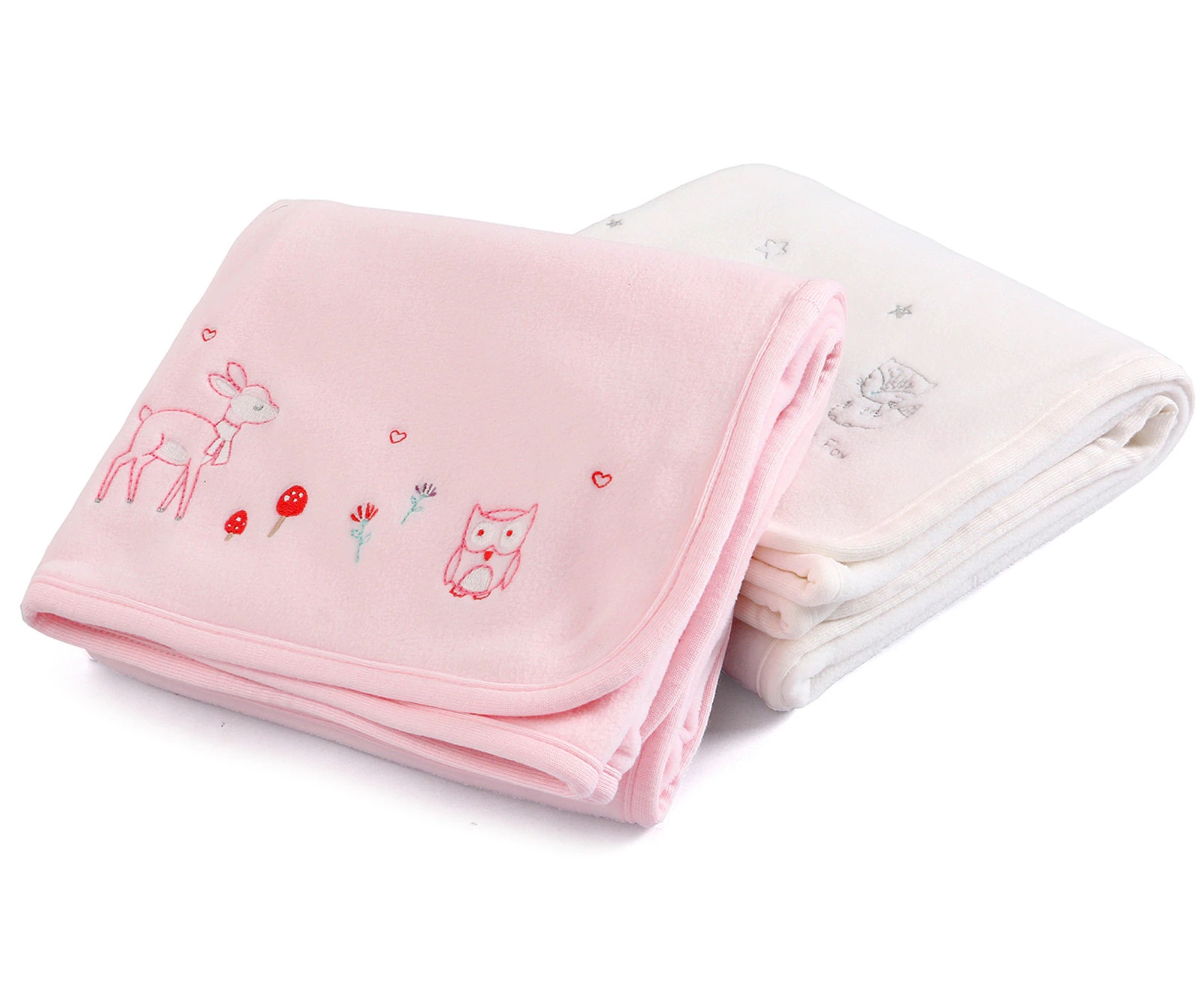
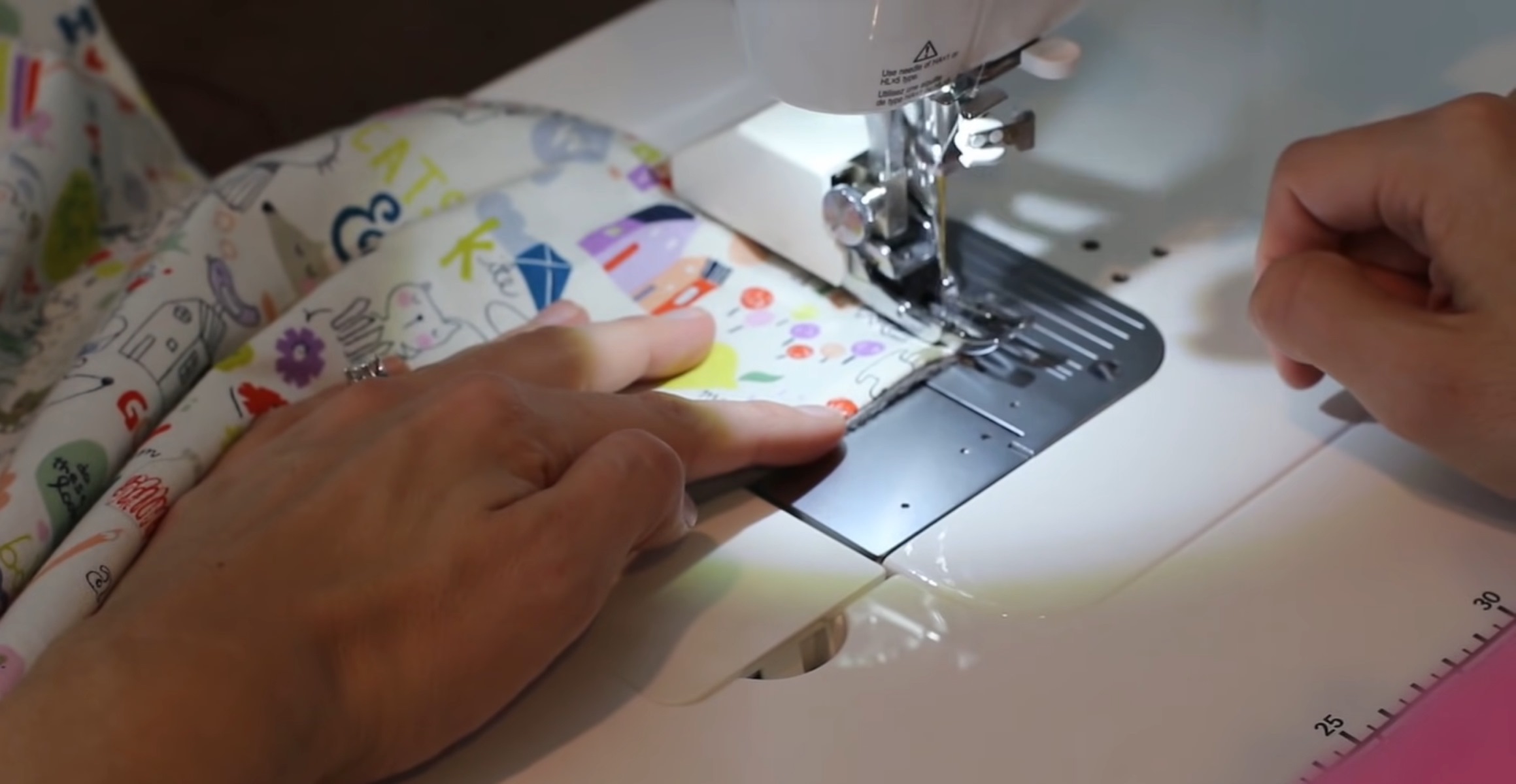

0 thoughts on “When Can Babies Have Blankets And Pillows”